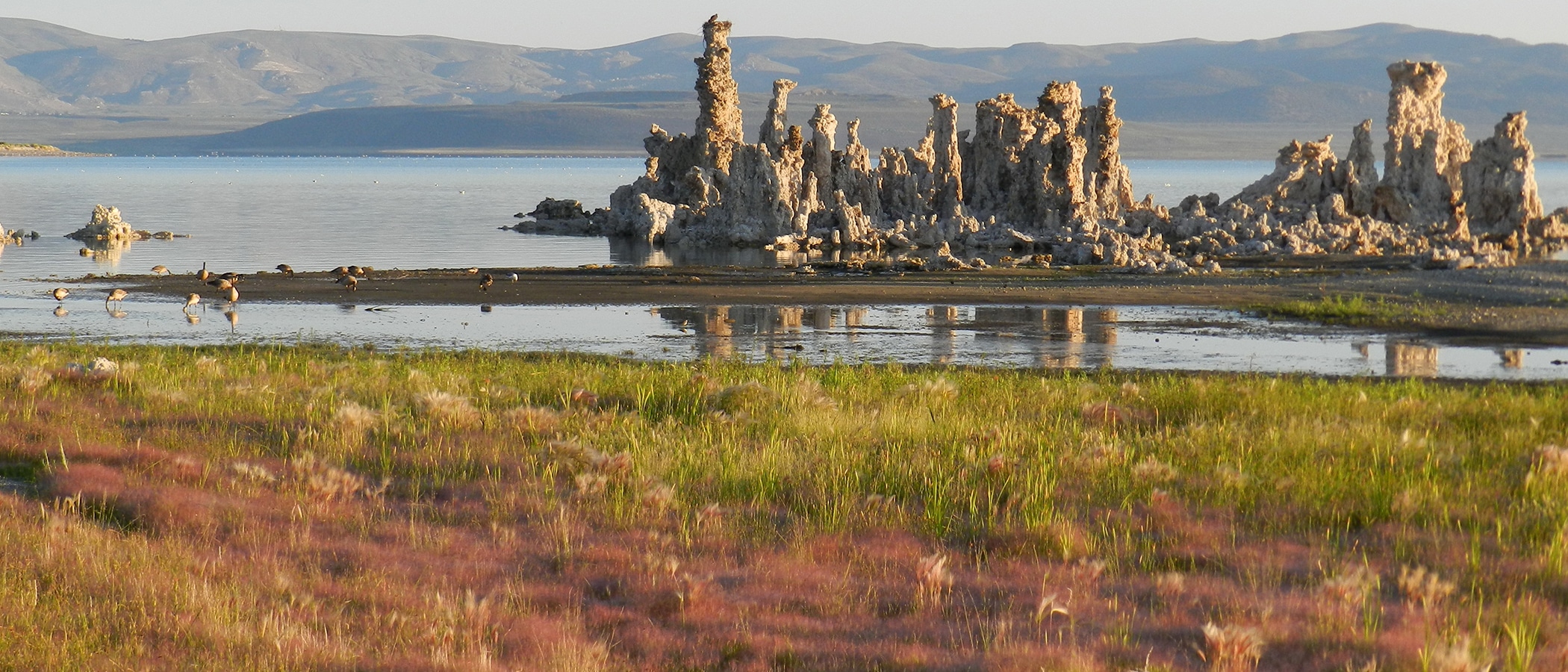
This post was written by Carolyn Weddle, 2012 Project Specialist.
Lets talk water recycling … to be more specific, reusing wastewater to make clean drinking water, also known as indirect potable reuse. Many people may recoil or say “yuck!” to that concept, but according to a recent New York Times article, the use of reclaimed water is starting to be accepted in major cities, very slowly. Both Orange County and San Diego have established successful water recycling plants. San Diego’s plant produces a million gallons of water a day, while the plant in Orange County has the capacity to produce up to 70 million gallons water per day.
This process, once considered for use only as a last resort by the National Research Council, is catching on in major cities, such as Miami and Denver, with the pressures on water supplies increasing as populations continue to grow. But wait … this is not a new concept. This technology was originally developed in the 1950s and used at the International Space Station. Today the reuse process requires more filtering and fewer chemicals than the original space technology. Still, as of 2010 only a tenth of a percent of municipal wastewater was recycled.
What would be the draw of using this technology? According to a recent report by the National Academy of Sciences, coastal communities could increase the amount of municipal water available by as much as 27 percent if they used this technology on the effluent that is sent out to sea. While this process can increase the amount of municipal water available, it can be costly; approximately 60 percent more expensive than using groundwater in Southern California.
Will this be a new chapter in water use and management? Only time will tell if the public and local governments will accept these facilities as a means for more sustainable water management.

In some parts of the world, larger municipal population centers would not exist if not for advanced water filtration technologies.
I remember when Pleasanton and Dublin, Calif., were considering water reuse facilities not so many years ago. Many in the public were expressing strong complaints, and wanting a 100% guarantee of quality. There are more redundant safety systems in place as checks and balances for each other as insurances with emergency personnel call-outs to intervene than people might otherwise believe. (And the concept of a “100% guarantee” is something anyone in the public could NOT offer to their own families in the morning of any workday/commute to be home safe and sound at the end of that same day…too many variables are out of their direct control, like traffic accidents and natural events).
I’d like to see this low percentage (0.1%) grow. Considering how many communities release effluent into streams and rivers that other downstream communities draw from for fresh water, the “connectedness” of water is far more direct than many would otherwise believe.
I thought someplace in the LA area built a salt-water desalination plant for domestic water supply a few years ago, which is no further removed from direct reuse than thinking of the bay/ocean waters as an intermediate water reservoir for someone else’s waste-water stream.